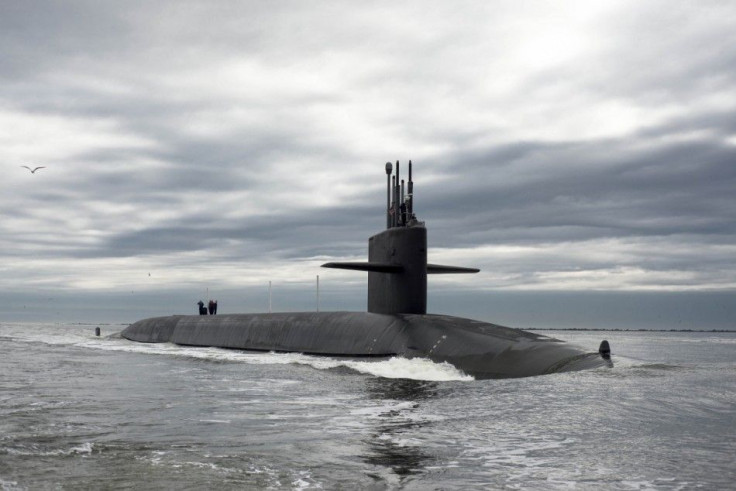Chinese Submarines Not As Good As Ours, Says US Navy Official; Expresses Concerns Over South China Sea Activities

China’s aggressive expansion of its submarine fleet has been commented upon by a U.S. defence expert. Vice Admiral Joseph Mulloy, deputy chief of naval operations for capabilities and resources, told the House Armed Services Committee on sea power that China has been expanding the number and geographic areas of operation for its submarines. However, from a quality point of view they are not at par with the U.S. submarines.
Mulloy said China is building some “fairly amazing submarines” and has more diesel and nuclear-powered vessels than the United States. However, the Navy admiral played it down by saying qualitatively, they are inferior to the U.S. submarines, reports Reuters.
The Navy official also told the panel about China’s recent deployment of the submarines. Mulloy said China carried out three deployments in the Indian Ocean and kept its vessels out in the sea for 95 days. “We know they are out experimenting and looking at operating and clearly want to be in this world of advanced submarines,” he added.
Nuclear Missiles
The U.S. Navy has 71 commissioned submarines, and Mulloy said the U.S military does not believe China carried nuclear missiles on its submarines though it has been producing and testing them for use on the vessels. Recently, Congress was updated by Pentagon about Chinese military build-up, with its 77 principal surface combatant ships, more than 60 submarines, 55 large and medium amphibious ships, and 85 missile-equipped small vessels.
South China Sea
Meanwhile, Guardian reports the concerns being expressed over China’s expanding outposts in the South China Sea for accommodating ships and potential airfields in a bid to exert its sovereignty. James Clapper, director of U.S. Intelligence, told Senate Armed Services Committee land reclamation activities are fuelling tensions between China and its neighbours at the disputed islands and reefs. “Although China is looking for stable ties with the United States it’s more willing to accept bilateral and regional tensions in pursuit of its interests, particularly on maritime sovereignty issues,” Clapper said. On China’s claims in South China based on the so-called nine-dash line as a rough boundary, Clapper called it “exorbitant.”
Though the U.S. makes no claims on the territory in South China Sea, it pursues a national interest in seeking a peaceful resolution to the disputes because of its strategic importance on world trade. China, however, maintains the stand that its territorial claims in South China sea has a historical basis and it objects to the “meddling” by the U.S.
John McCain, the committee’s Republican chairman, displayed a commercial satellite imagery that showed the expansion of Chinese-occupied Gaven Reef in the Spratly Islands. McCain said the scale of expansion may lead to Chinese deployment of weaponry like anti-air and other capabilities.
For feedback/comments, contact the writer at kalyanaussie@gmail.com.




















